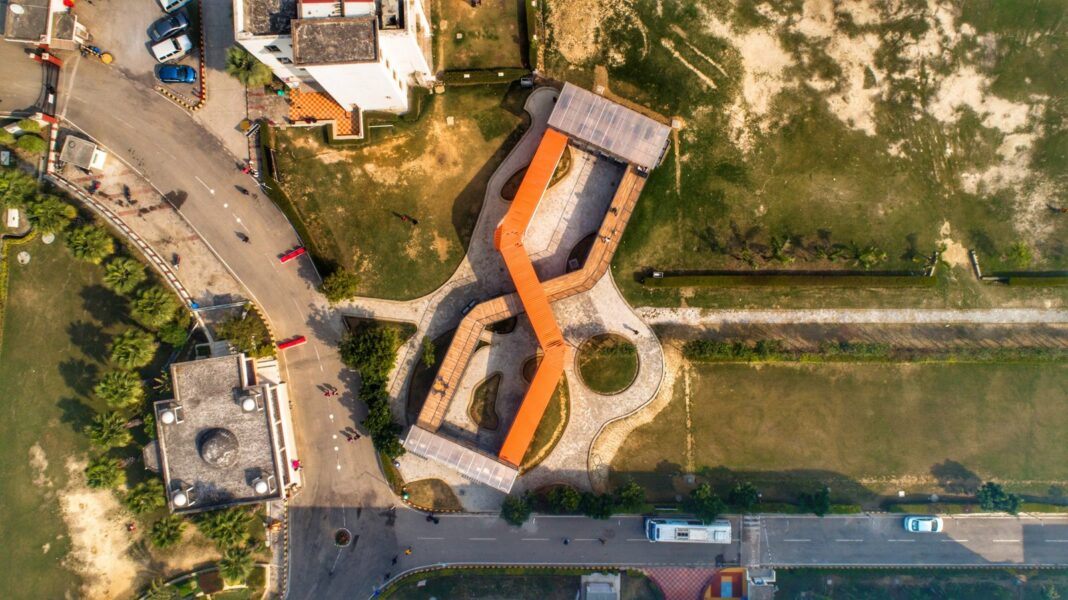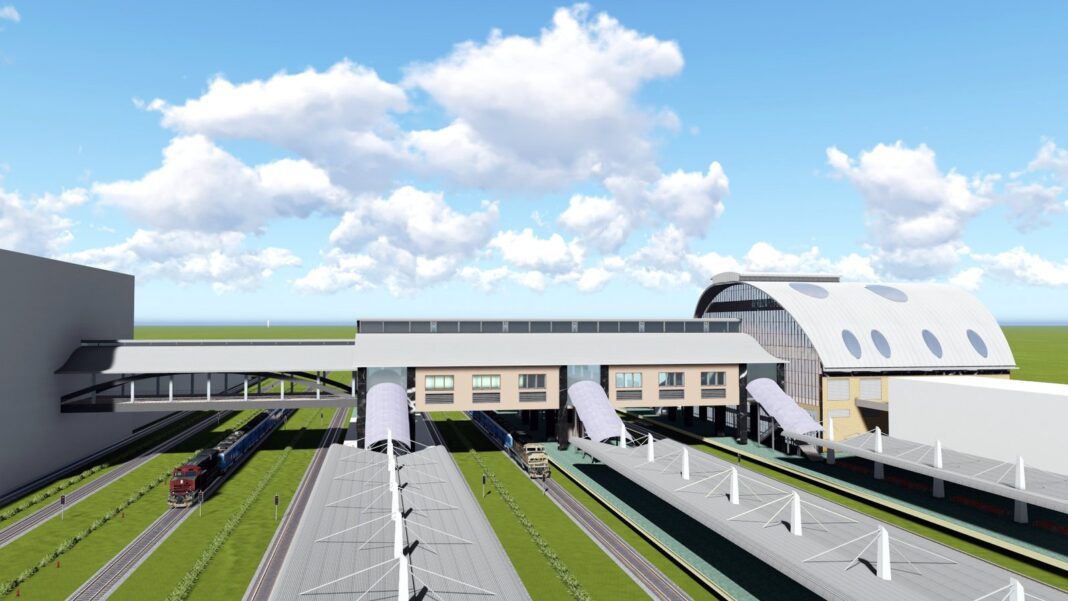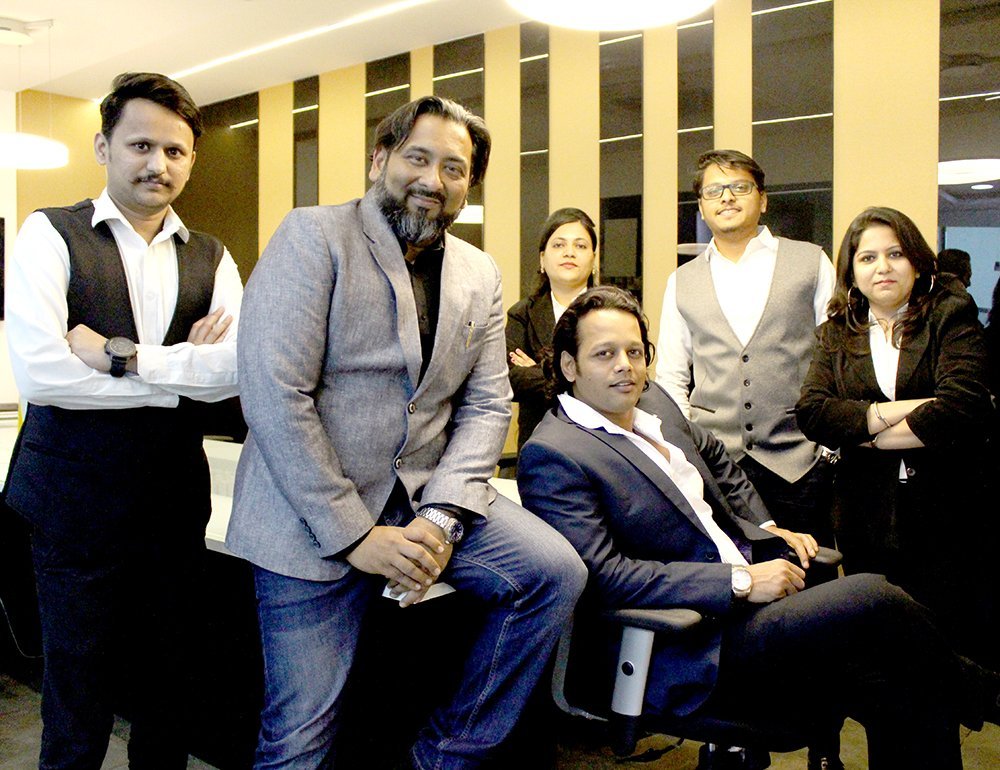This special section covers the out-of-the-box design having steel as an essential element of the design. The main aim of this section is to showcase how steel can be innovatively used in today’s world of architecture.
Here Ar. Rahul Jain, Principal Architect, Rahul Jain Design Lab unveil their out-of-the-box design concept that ought to turn the tables in the future…
Cafe Infinity located at ITS Dental College, Greater Noida is designed to be used as a recreational space for students, faculty, and patients alike. The vision was to design a sustainable structure that goes beyond the conventional and pushes the boundaries of design and build form.
Recycled shipping container, being a sustainable product, was a perfect fit due to its modularity as well as economic feasibility as compared to the conventional RCC structure.
Architect’s Interpretation

As an Architect, I want my designs to reflect the ethos of sustainable innovation – creating new uses and aesthetics in synergy with the environment. We strive to create impactful projects with aesthetic integrity and an enduring design character. Through a continuous exploration of holistic function and essential components, we implement a transparent, thoughtful, and rigorous design process that promotes excellence and sustainability. We believe that this constantly evolving world comes with its unique set of problems as well as opportunities, the humanity is at a decisive point in its relationship with the natural world and therefore the solution must be driven by a vision of creating awareness for ecologically responsible environments. Rahul Jain Principal Architect, Rahul Jain Design Lab
Design brief
The cafe is designed to stand out due to its form factor, and in terms of its positioning, breaking the rigidity of the existing site layout. Focusing on the outer structure and containers’ industrial form factor the interior is kept neutral.
The design idea centers around two courtyards which comprises of two cafe outlets in the front, two dynamic staircases acting as seating and providing access to the viewing decks, services(toilets) at the central container, seating areas for faculty and visitors and a lounge area for students.
The seating is focused around the courtyard and provides an ideal viewpoint of the inner courtyards and the outer landscape, which is often utilized for sporting events as well as other activities of the institute.
The organic landscape layout complements the rigid geometry of the containers and provides fluidity to the site circulation.
Large glazing of staircases merges the rigid build form with the landscape. The landscape complements the industrial nature of the architecture, but also promotes activity, and consequently, vibrancy to the entirety of the site.
Structural Specifications
The building is formed with the use of recycled shipping containers (40 feet) that were crafted with the careful consideration to preserve its raw and industrial form. The structure, services and functionality are designed with a focus on sustainability. Passive cooling and insulation is provided with the use of 50 MM Rockwool insulation, gypsum paneling, fiber cement board for rooftop flooring, tinted windows, mechanical cooling, strategic placement of windows and openings to make the building perfectly adequate in the extreme weather conditions of the site. Louvers made of reused shipping container doors located in the south direction minimize the heat gain as well as give privacy from the public hospital adjacent to it while providing the view of the stadium.
The idea of using infinity was conceived to emphasize on the infinite possibilities of using a shipping container as a structural unit, regardless of the building type and site. The façade due to the form factor exhibit playfulness in terms of material, movement and geometry when viewed from different sides. The flexibility, modularity and sustainability make shipping containers a perfect alternate to the conventional building structures (RCC), to reduce the overall Carbon footprint while also being an ecologically and economically viable solution.














